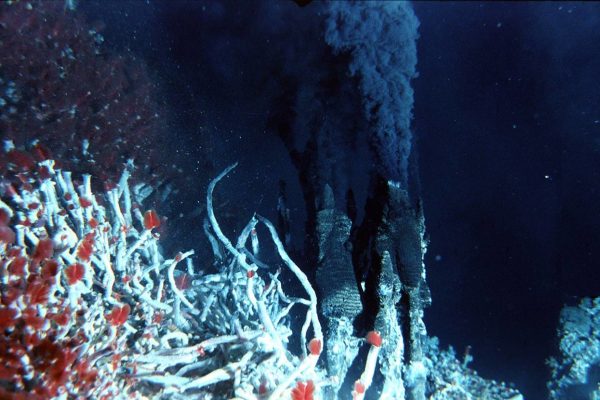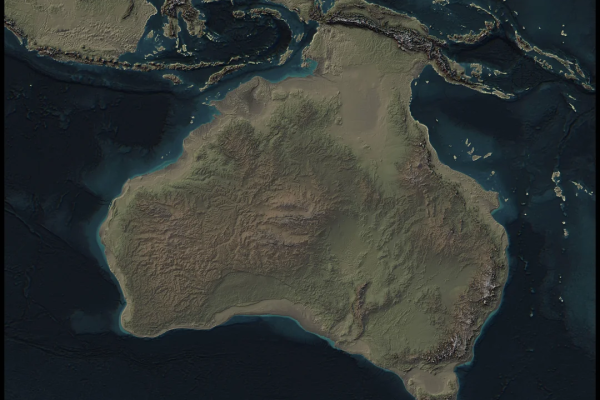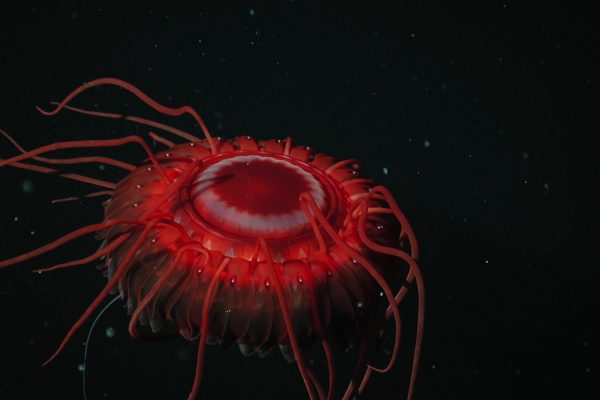
The Enigmatic Biogeochemistry of Deep-Sea Hydrothermal Vents
Far beneath the sunlit surface, in the crushing depths of the ocean, lie the astonishing ecosystems of deep-sea hydrothermal vents. These geological phenomena, often found along mid-ocean ridges, continuously spew superheated, mineral-rich fluids from the Earth’s crust, creating unique chemical environments. Unlike surface ecosystems that rely on photosynthesis, life around these vents thrives on chemosynthesis…








